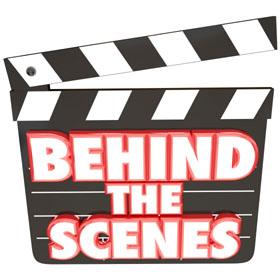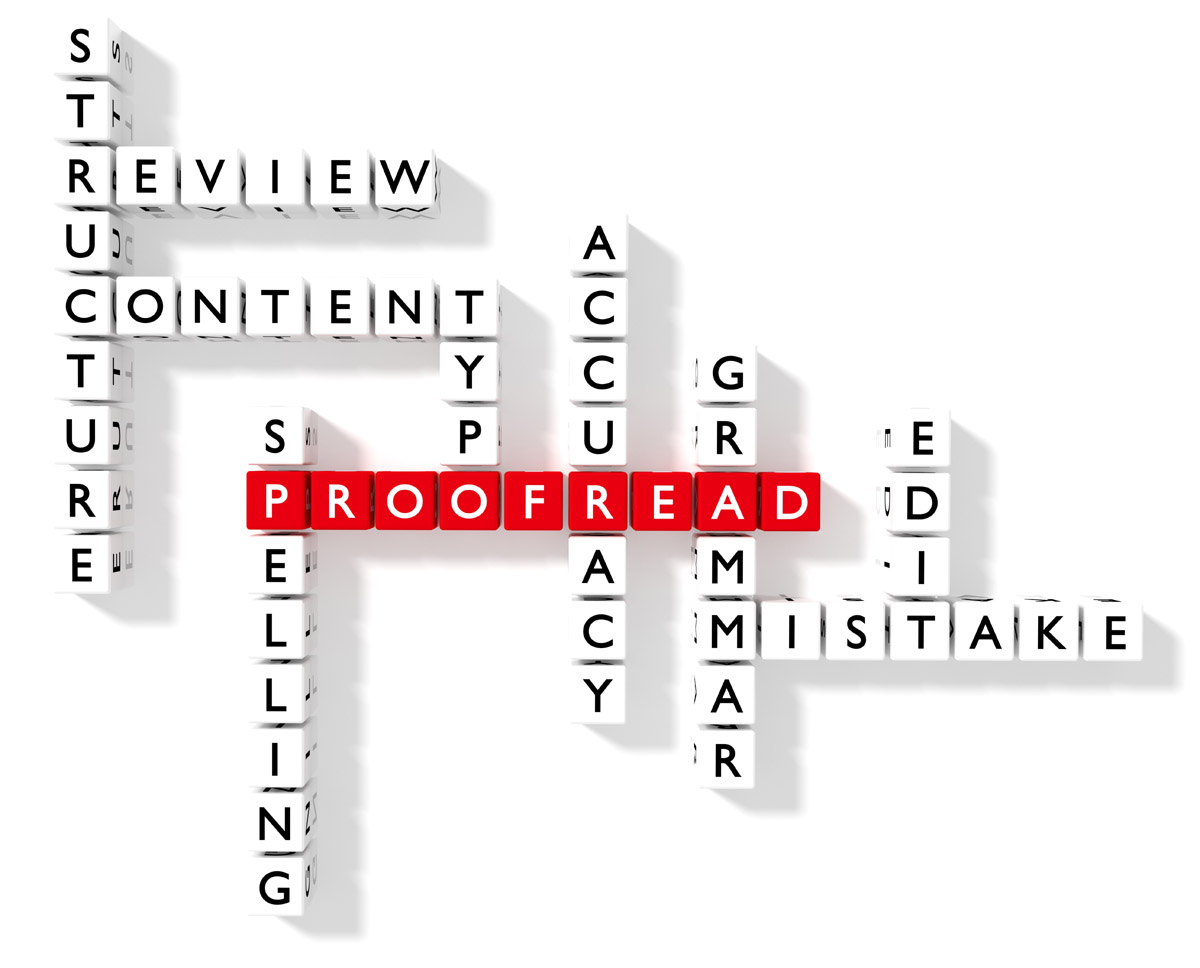Universal Design for Learning
Posted by Jean Marrapodi on Thu, 12/08/2016 – 13:25
Have you ever dragged your suitcase up a ramp to avoid schlepping it up the stairs? Ridden an elevator rather than exercise your way up six flights? Opened a door with your elbow? If you have, you’ve leveraged some of the features that designers put into buildings to make them universally designed.
.jpg)
Are there barriers to your elearning?
It’s not hard to avoid them. It just takes a little planning.
Universal Design for Learning
According to the Center for Excellence in Universal Design, “Universal Design is the design and composition of an environment so that it can be accessed, understood and used to the greatest extent possible by all people regardless of their age, size, ability or disability. An environment (or any building, product, or service in that environment) should be designed to meet the needs of all people who wish to use it. This is not a special requirement, for the benefit of only a minority of the population. It is a fundamental condition of good design. If an environment is accessible, usable, convenient and a pleasure to use, everyone benefits. By considering the diverse needs and abilities of all throughout the design process, universal design creates products, services and environments that meet peoples’ needs. Simply put, universal design is good design.”
There is a movement in the education sector that is advocating for universal design in learning (UDL). Twelve years ago, the US Department of Education endorsed the National File Format Technical Panel’s National Instructional Materials Accessibility Standard (NIMAS). The National Educational Technology Plan, also from the US Department of Education and the Common Core Standards, both targeted at K12, reference UDL. The 2008 Higher Education Opportunity Act (HEOA) defines and emphasizes UDL at the college level. We believe there are great implications for elearning in the corporate training world.
UDL provides a framework for reducing barriers and maximizing learning opportunities for all. It’s more than just making your elearning Section 508 compliant. Today, we add alt tags on pictures so screen readers can identify the image beyond “img23479.png” for people with visual impairments and provide closed captioning or audio transcripts for individuals with hearing challenges. This makes learning accessible, but Universal Design for Learning goes beyond that. UDL considers the preferences of learners. If I am working through an elearning class while my partner is sleeping, I may prefer to read the transcript provided for the hearing impaired. If I’m working through a MOOC, I may prefer to listen to the lecture while I’m driving. These are preferences, and UDL allows for the learner to have options for learning, just like a parent will choose the ramp to access a building when pushing a stroller. The ramp may have been implemented for people with mobility issues, but its universal design serves more people.
Principles of Universal Design for Learning (UDL)
There are three principles that guide UDL:
- Provide Multiple Means of Representation
- Provide Multiple Means of Action and Expression
- Provide Multiple Means of Engagement

Representation is the what of learning. Providing information in graphical formats as well as text formats and auditory alternatives gives the learner options. Allowing the learner options allows them choices for preferences as well as needs. Representation gives the input of the learning. Learners with visual impairments may need to adjust the font size or the color of the background of the text or leverage a screen reader. Learner owned software is generally able to do this, but you need to ensure your text has this flexibility. This is the place to consider your ESL or reading-challenged learners. Do you need to augment vocabulary with a glossary or hover spots? Think about your advanced learner. Might s/he want to dig deeper? Links to supplemental resources are great for the expert learner to go deeper.
Action and expression is the how of learning, and considers the learner output. How are learners responding to your elearning? Is everything a multiple choice question? Are the buttons large enough that a learner with cerebral palsy can manipulate the mouse to choose the correct answer? If your learners are typing answers, is there an oral option? Perhaps a project based approach would be a better option to demonstrate learning. Everything doesn’t always need to be contained in the course. Assessment and application can be multifaceted.
Engagement is what we do to stimulate and involve the learner. Malcolm Knowles’ principles of andragogy revolve around choice.
- Adults need to be involved in the planning and evaluation of their instruction.
- Experience (including mistakes) provides the basis for the learning activities.
- Adults are most interested in learning subjects that have immediate relevance and impact to their job or personal life.
- Adult learning is problem-centered rather than content-oriented. (1)
If adults like to have choices, and want to be involved in directing their learning, how does your elearning allow for this? Problem-based learning, scenarios, project-based learning and gamification address these principles. However, they are also addressed through goal setting, reflection, and self monitoring throughout the course. It’s not hard to add these types of things into a course to promote engagement.
Why Incorporate Accessibility and UDL into eLearning?
We often hear, “We don’t have anyone who is [blind, deaf, mobility… ] challenged in our workforce so we don’t need to worry about that accessibility stuff.” Wrong! While Section 508 laws enforce accessibility within the federal government, the American Disabilities Act prohibits discrimination based on disability, and requires accommodation be available. The law speaks about providing equivalent experiences. The experience doesn’t need to be identical, but it does need to be comparable. It is much easier to plan accessibility and UDL into your course than to go back and retrofit it after the fact. There is a perception that UDL restricts the design process and makes it more expensive/time-consuming. While some aspects of this impression might be accurate, there are many choices that just require awareness but don’t add to the cost/schedule. Think about it: a few simple modifications can make your design accessible for all. Statistically, 1 in 12 males have some form of color blindness, compared with 1 in 200 females(2). This means we shouldn’t use color choices that 4% of our audience won’t be able to discriminate between. (There are good visuals here if you would like to see what this type of learner sees.) Put yourself in the shoes of someone dealing with cataracts, or losing their hearing, or contending with a broken arm. Would your elearning work for them? Designing with the principles of UDL and making elearning accessible isn’t a nice to have. It’s the right thing to do so all of your learners have equal opportunity to learn.
At Illumina, we’re experts in this. Help us help you to help them. Give us a call today and let’s chat about your next project. (781) 467-0150
Resources
CAST http://www.cast.org/
Marrapodi, J. (2015). Universal Design for Learning: Applications for Learning. https://www.emaze.com/@AOQIOCZZ/
National Center of Universal Design for Learning http://www.udlcenter.org/
National Center on Accessible Educational Materials http://aem.cast.org/
Section 508 http://www.section508.gov/content/learn
UDL At a Glance https://www.youtube.com/watch?v=bDvKnY0g6e4
References
(1) Knowles, M. (1980). The Modern Practice Of Adult Education: From Pedagogy To Andragogy. Chicago: Follett
(2) Color blindness. Retrieved from http://www.colourblindawareness.org/colour-blindness/




